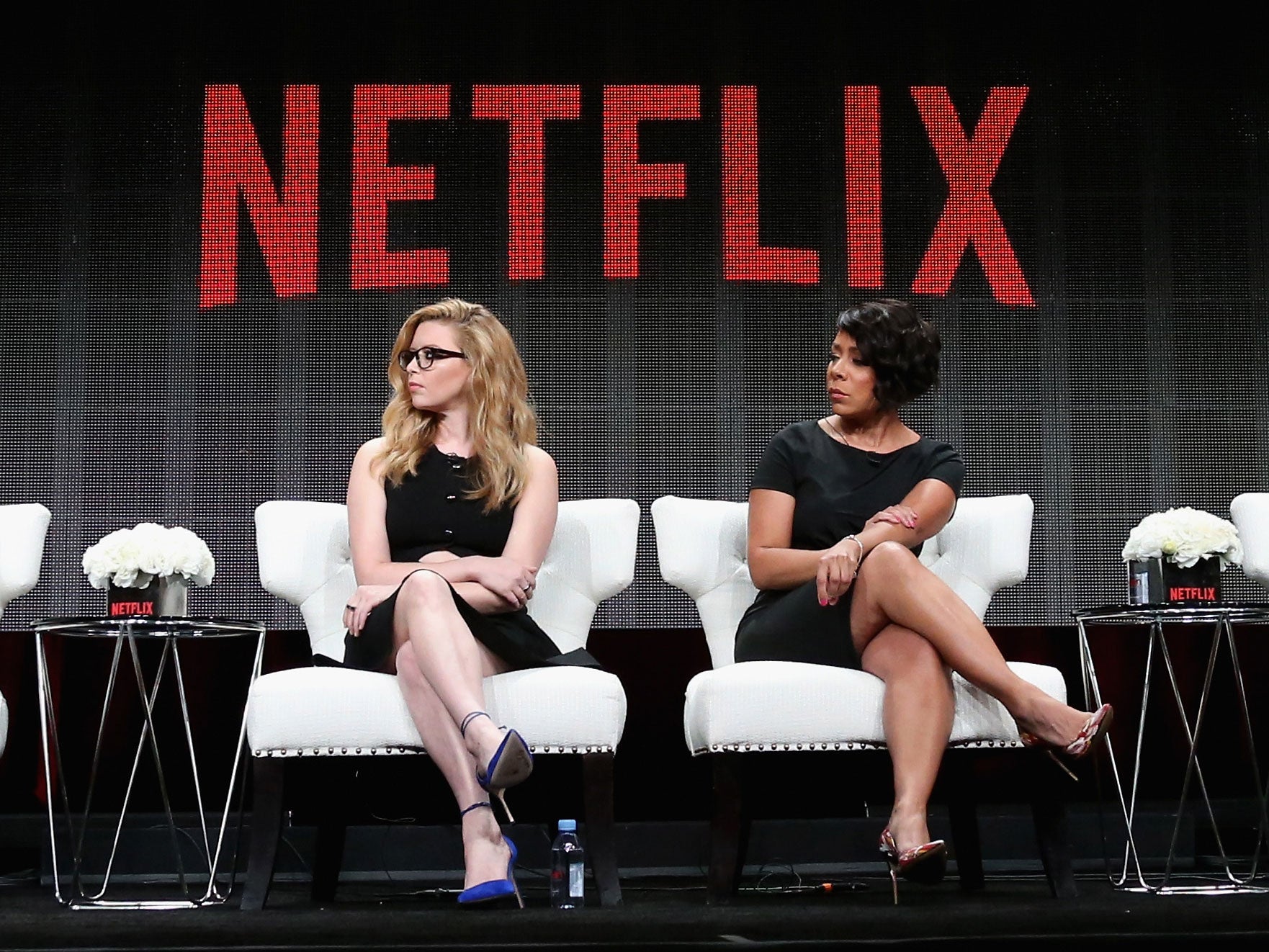Netflix reveals the shadowy experiments they use to get you to watch their shows
Netflix is constantly experimenting on you - but try not to feel like you're being watched

Have you ever noticed that the thumbnail images on the Netflix homepage seem to change whenever you log on? Maybe on a friend's account, the picture for House of Cards may be completely different to yours, or the text may be in a different place?
Chances are the changes have never crossed your mind. But they're happening, and they're all part of Netflix's complex experiments to get you to watch their shows.
The secrets of the streaming site's psychological experiments have now been revealed in two blog posts, written by Netflix engineers Gopal Krishnan, Steve Urban, Rangarajan Sreenivasan and Vineet Kannan.
This team is responsible for building some of the A/B tests which Netflix is constantly conducting. The central idea of A/B testing is to present different bits of content to different groups, gauging their reactions and using the results to build strategies in the future.
According to the posts, each Netflix subscriber is a part of several different A/B tests at any time. Netflix's research shows that if they don't get someone to watch something within 90 seconds, they'll move on to something else. So it's really important to try to get them to start a session as soon as they log on.
They do this partly by experimenting with different images. Each show will have hundreds of different potential pictures, but they've all been created for different purposes. Some may have been designed to go on a billboard, while others were intended to appear on a DVD case. Some may be stills from the show, or plain title cards.
One of the first titles Netflix experimented on was The Short Game, a 2013 documentary about child golfers. The stock DVD artwork was used as the default image, but the team also experimented with showing users more artistic shots, or screenshots from the documentary itself.
By measuring how many people clicked on the title, how long they watched it for, and whether they quickly moved on to something else, Netflix managed to build up a good idea of the best images to use. One of them had a 14 per cent better 'take rate' than the default image, representing a huge number of new viewers, and importantly, more money and engagement for Netflix.
They replicated the experiment with other shows. For the popular series Unbreakable Kimmy Schmidt, they tried images with different combinations of lead characters and varying text sizes, showing them to over a million users and carefully measuring their reactions. They also got Netflix's design team to create all-new images with different colours and contrasts.
Overall, the company found three core factors which make a winning image. Close-up images of faces with strong emotional expressions tended to drive a lot of traffic, as did pictures which showed a series' villains instead of its heroes, and those which had smaller numbers of cast members in them.
Interestingly, the team found nuances between different countries. Viewers in the UK may respond strongly to one image, while the best picture in Germany or the US may be completely different.
Netflix isn't alone in its devotion to A/B testing. Every tech company, from Facebook to Google, is constantly trying out new features and subtle tweaks on their users, measuring their reactions and feeding them back to development teams.
They're designed to give you the best experience possible, and judging by Netflix's success, they're working. Just try not to feel like you're being watched the next time you settle down to a Narcos marathon.
Subscribe to Independent Premium to bookmark this article
Want to bookmark your favourite articles and stories to read or reference later? Start your Independent Premium subscription today.

Join our commenting forum
Join thought-provoking conversations, follow other Independent readers and see their replies